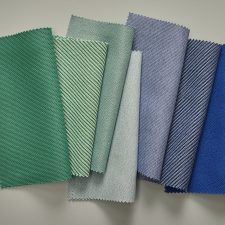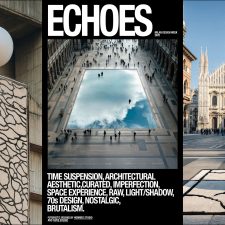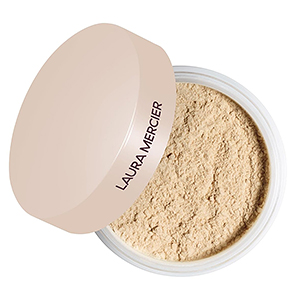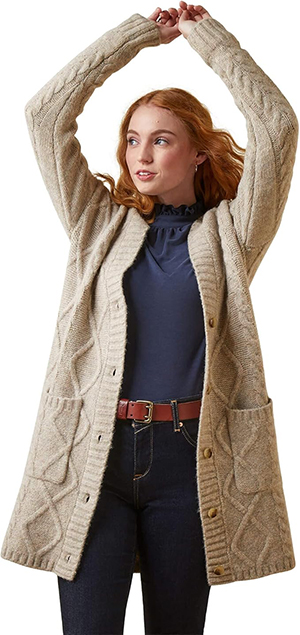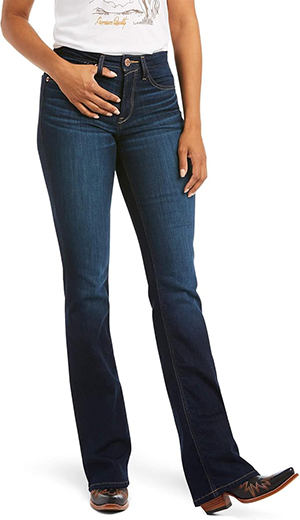Stunning 17th-century Japanese garments, international haute couture and costumes from Star Wars come together in a major V&A exhibition on kimono fashion.
Gallery 39 and North Court, V&A
29 February – 21 June 2020
vam.ac.uk/kimono | #KyotoToCatwalk
On 29 February, the Victoria and Albert Museum – V&A will open Europe’s first major exhibition on kimono. The ultimate symbol of Japan, the kimono is often perceived as traditional, timeless and unchanging. Kimono: Kyoto to Catwalk will counter this conception, presenting the garment as a dynamic and constantly evolving icon of fashion.
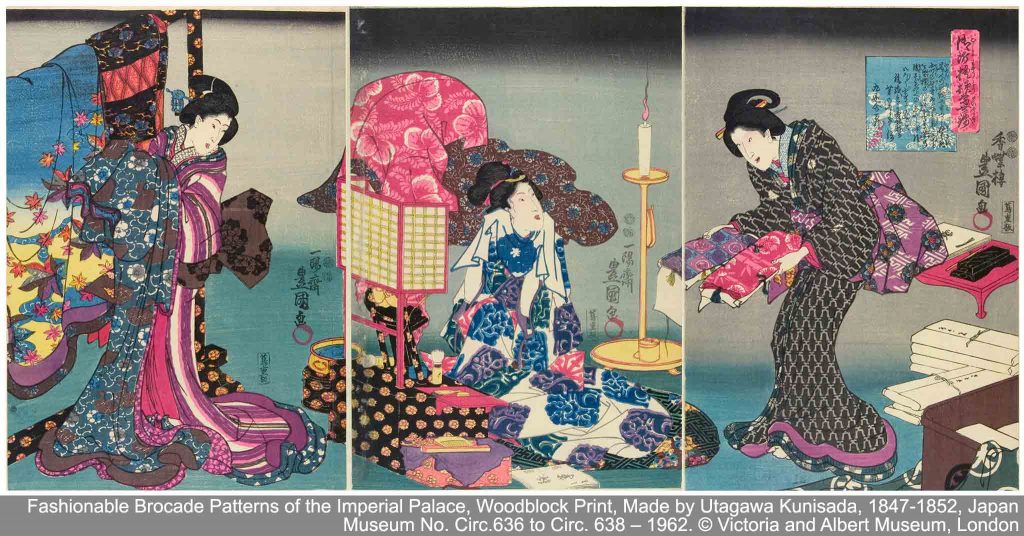
The exhibition will reveal the sartorial and social significance of the kimono from the 1660s to the present day, both in Japan and in the rest of the world. Rare 17th and 18th century kimono will be displayed for the first time in the UK, together with fashions by major designers and iconic film and performance costumes. The kimono’s recent reinvention on the streets of Japan will also be explored through work by an exciting new wave of contemporary designers and stylists.
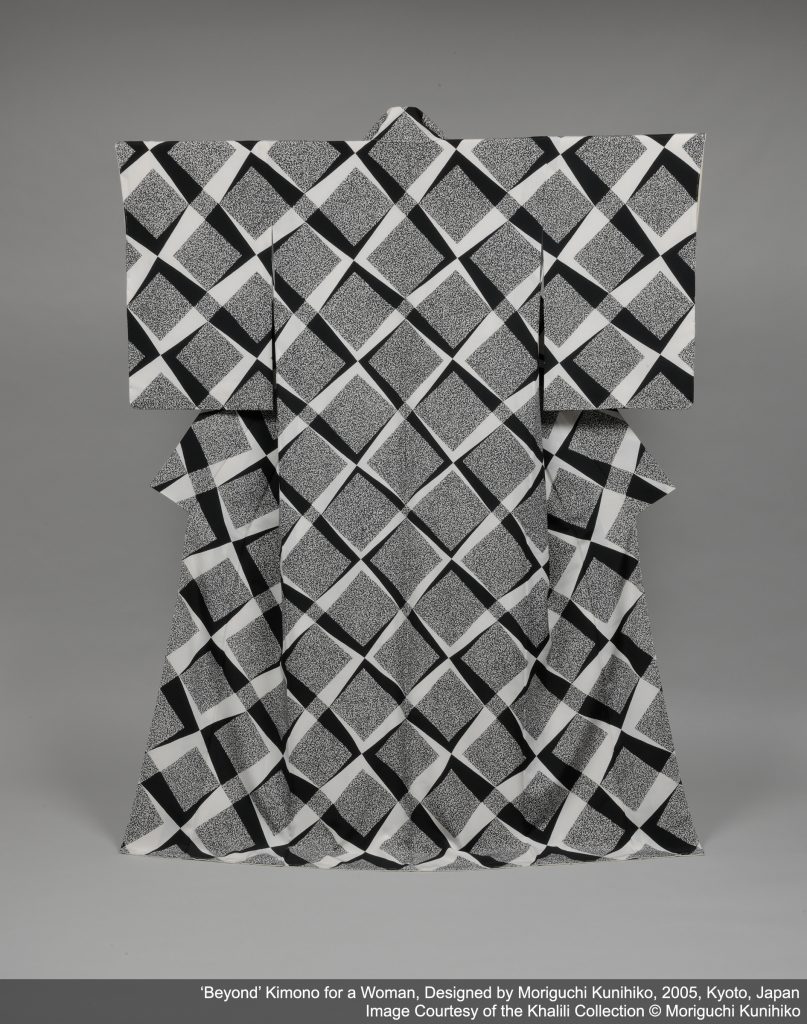
Highlights of the exhibition include a kimono created by Living National Treasure Kunihiko Moriguchi, the dress designed for Björk by Alexander McQueen and worn on the album cover Homogenic, and original Star Wars costumes modelled on kimono by John Mollo and Trisha Biggar.
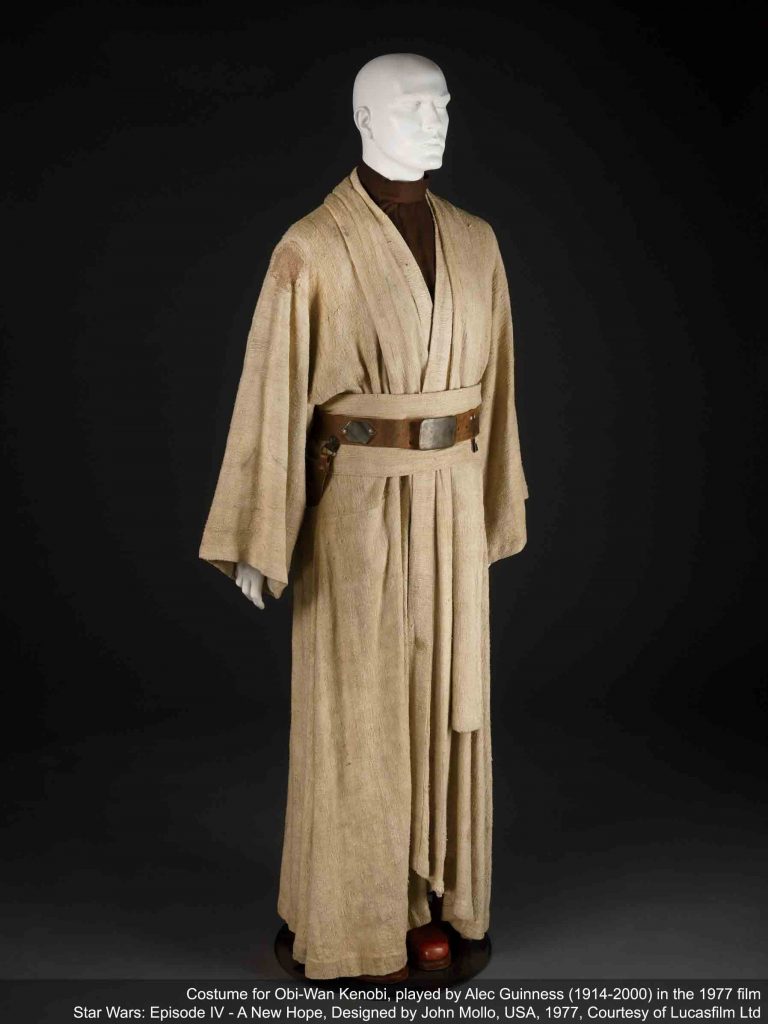
Designs by Yves Saint Laurent, Rei Kawakubo and John Galliano will reveal the kimono’s role as a constant source of inspiration for fashion designers. Paintings, prints, film, dress accessories and other objects will feature throughout the exhibition, providing additional context to the fascinating story of the style, appeal and influence of the kimono.
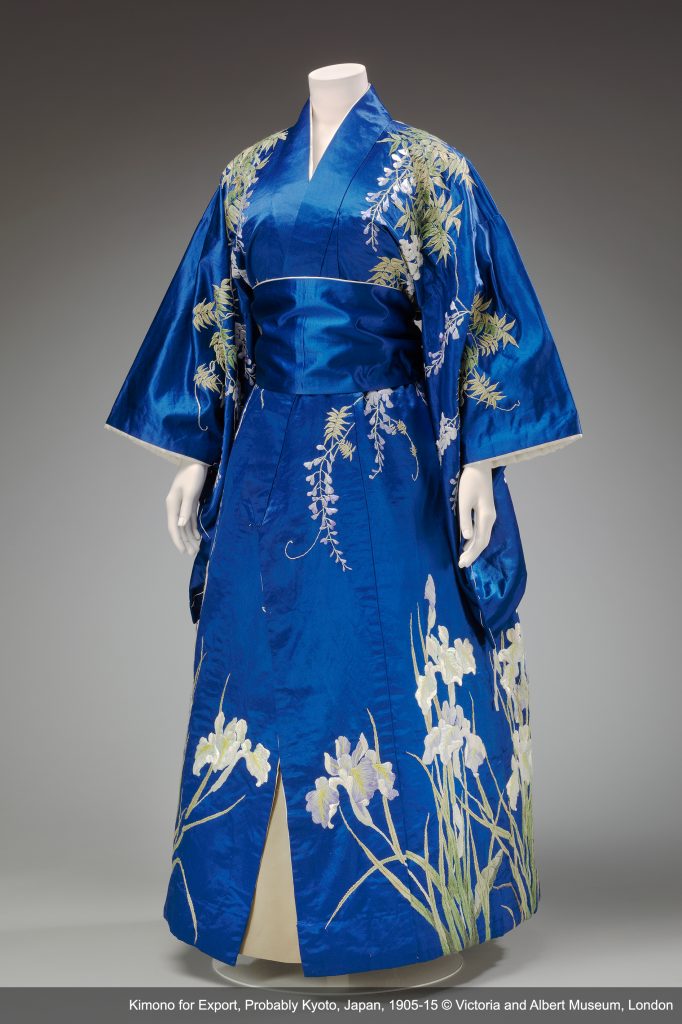
Over 315 works will be featured, including kimono especially made for the show, half drawn from the V&A’s superlative collections and the rest generously lent by museums and private collections in Britain, Europe, America and Japan.
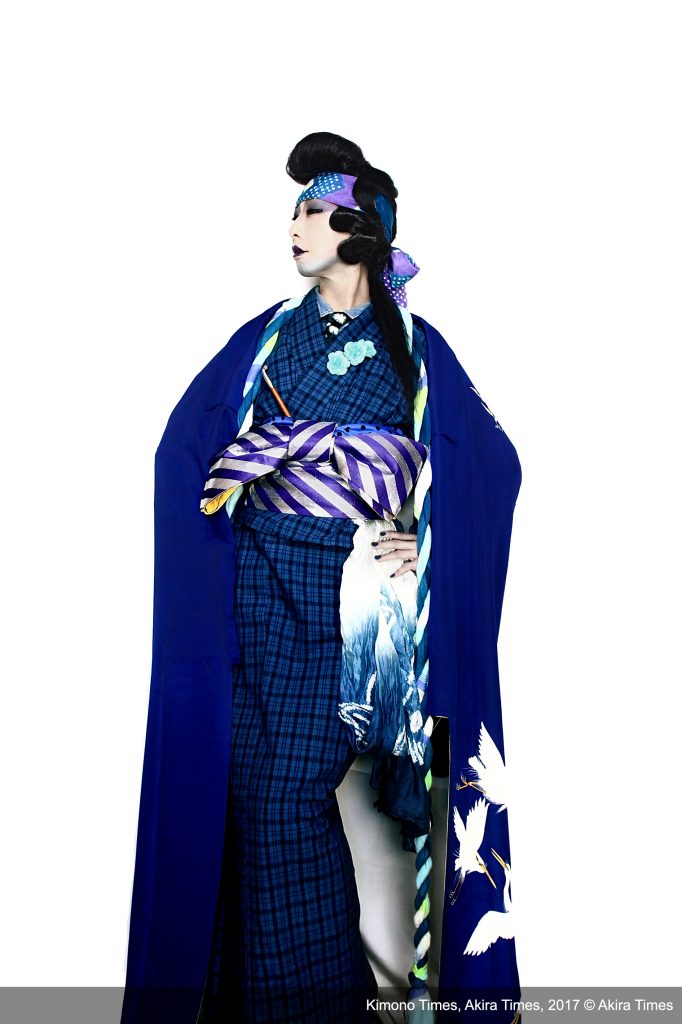
Kimono: Kyoto to Catwalk begins in the mid-17th century when a vibrant fashion culture emerged in Japan. The increasingly wealthy merchant classes demanded the latest styles to express their affluence, confidence and taste, while leading actors and famous courtesans were the trend-setters of the day.
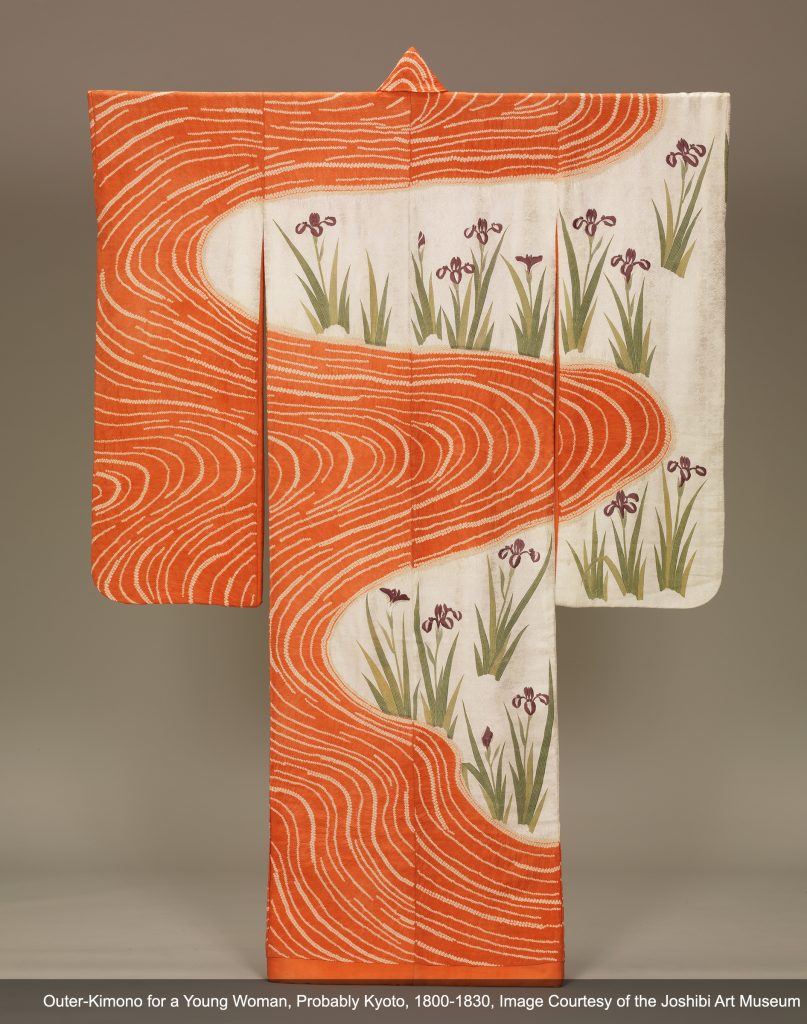
The simple structure of the kimono focussed attention on the surface, allowing for the creation of sumptuous patterns using sophisticated techniques. The first section of the exhibition will explore these designs and shine a light on a fashion-conscious society not dissimilar to today’s, in which desire for the latest look was fed by a cult of celebrity and encouraged by makers, sellers and publishers.
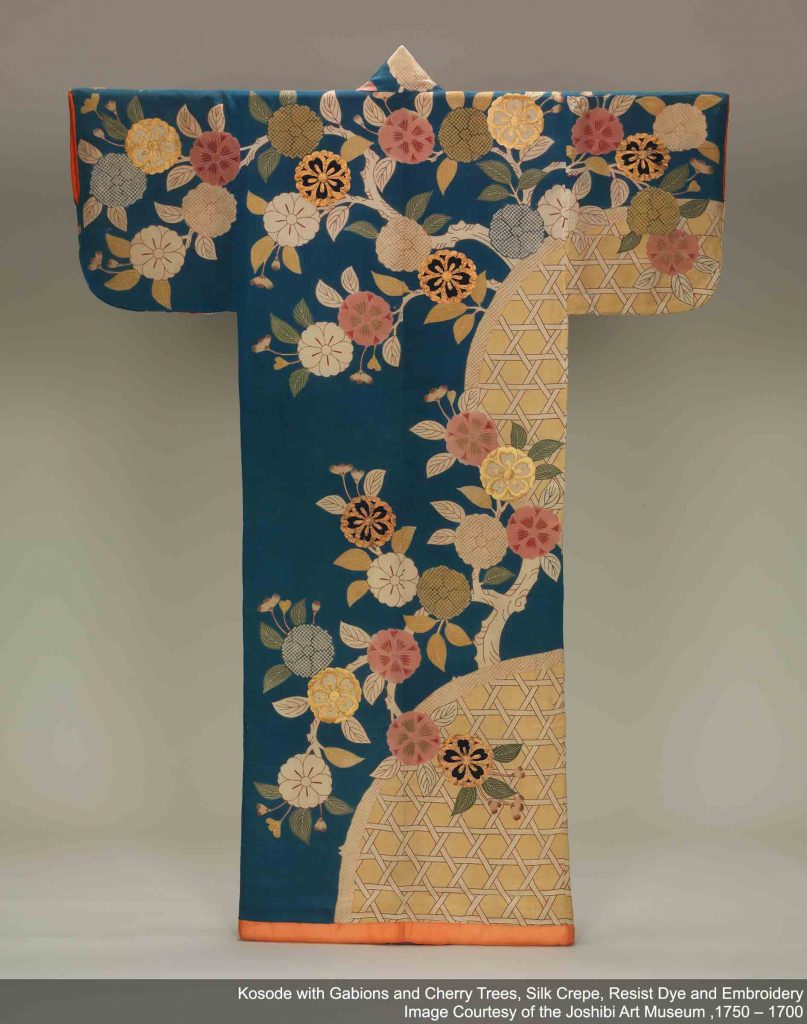
Kimono were first exported to Europe in the mid-17th century, where they had an immediate impact on clothing styles. Foreign fabrics were also brought to Japan and incorporated into kimono. Rare survivors from this early period of cultural exchange, including garments made in Japan for the Dutch and kimono tailored from French brocade and Indian chintz, will be displayed to reveal the fluid fashion relationship between East and West that resulted from the global trade network.
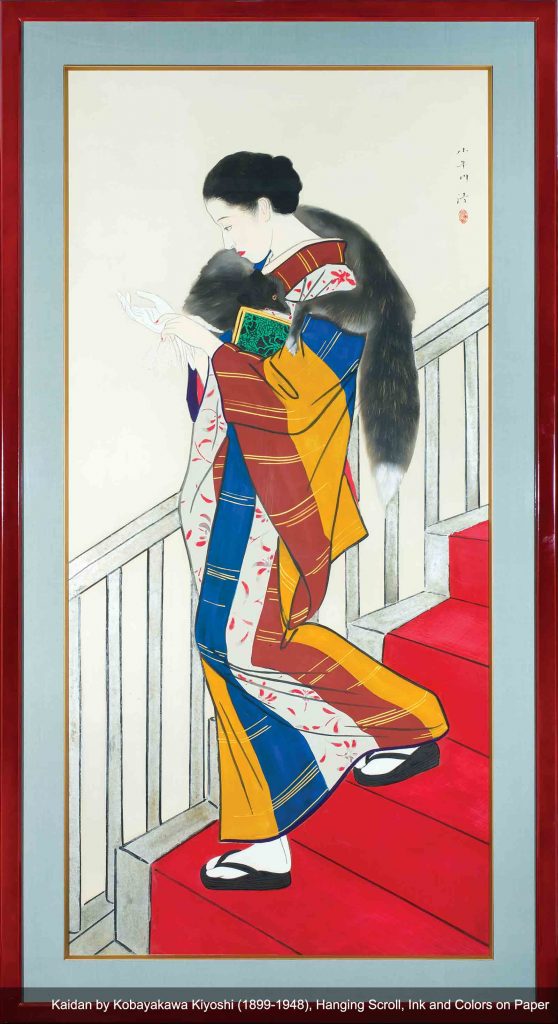
The late 19th century saw a world-wide craze for Japanese art and design. Kimono bought from department stores such as Liberty & Co. in London were worn by those wishing to express their artistic flair. Japan responded by making boldly embroidered ‘kimono for foreigners’, while the domestic market was transformed by the use of European textile technology and chemical dyes. The kimono’s biggest impact on western fashion came in the early 20th century, when designers such as Paul Poiret, Mariano Fortuny and Madeleine Vionnet abandoned tightly-corseted styles in favour of loose layers of fabric that draped the body.
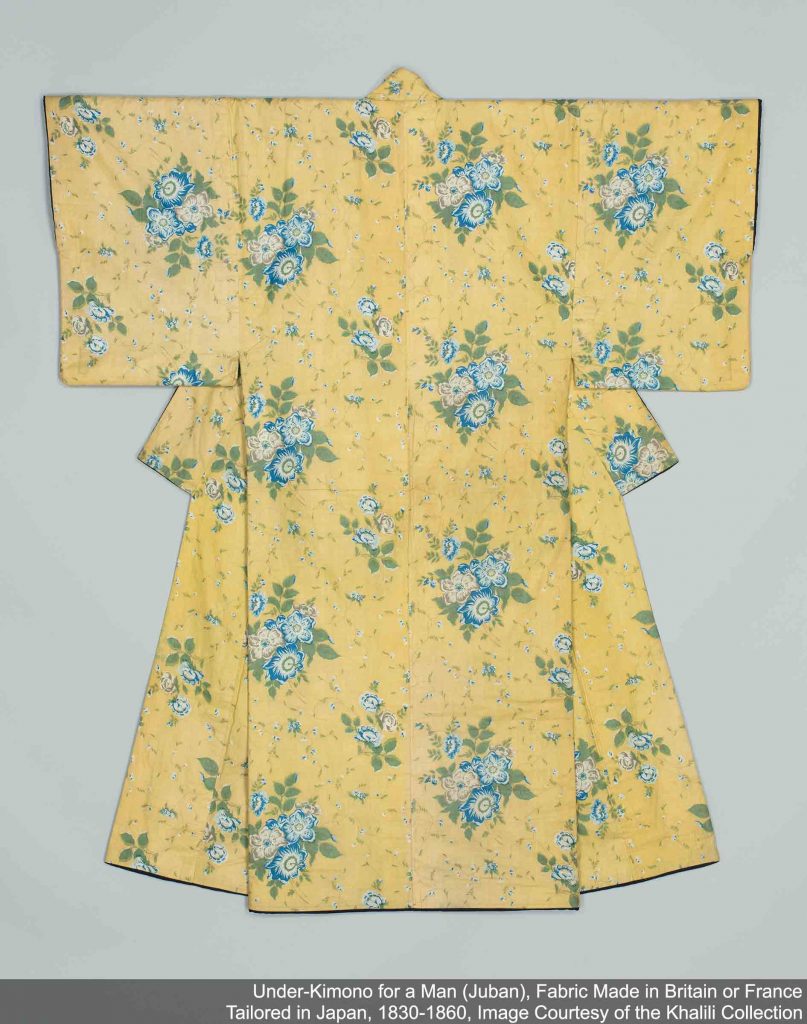
From the sophisticated culture of 17th -century Kyoto to the creativity of the contemporary catwalk, the kimono is unique in its aesthetic importance and cultural impact giving it a fascinating place within the story of fashion.
— Anna Jackson,
Curator of Kimono: Kyoto to Catwalk at the V&A
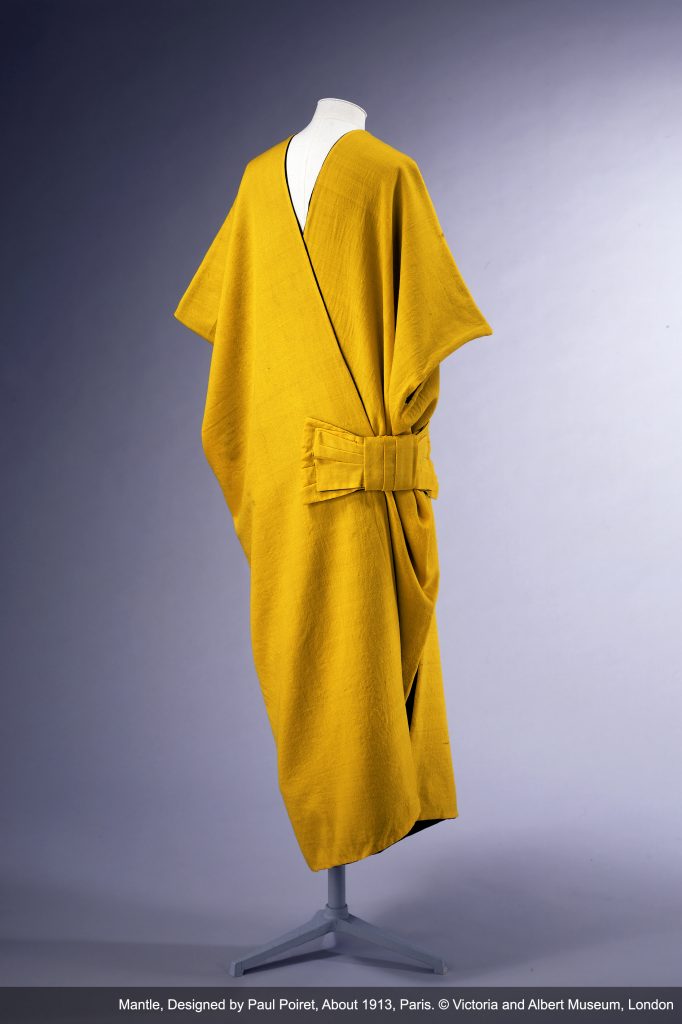
The final section of the exhibition will show how the kimono has continued to inspire fashion designers around the world. The potential of the garment to be translated and transformed is seen in designs by Thom Browne, Duro Olowu and Yohji Yamamoto. The kimono’s timeless, universal quality has also made it the ideal costume for film and performance.
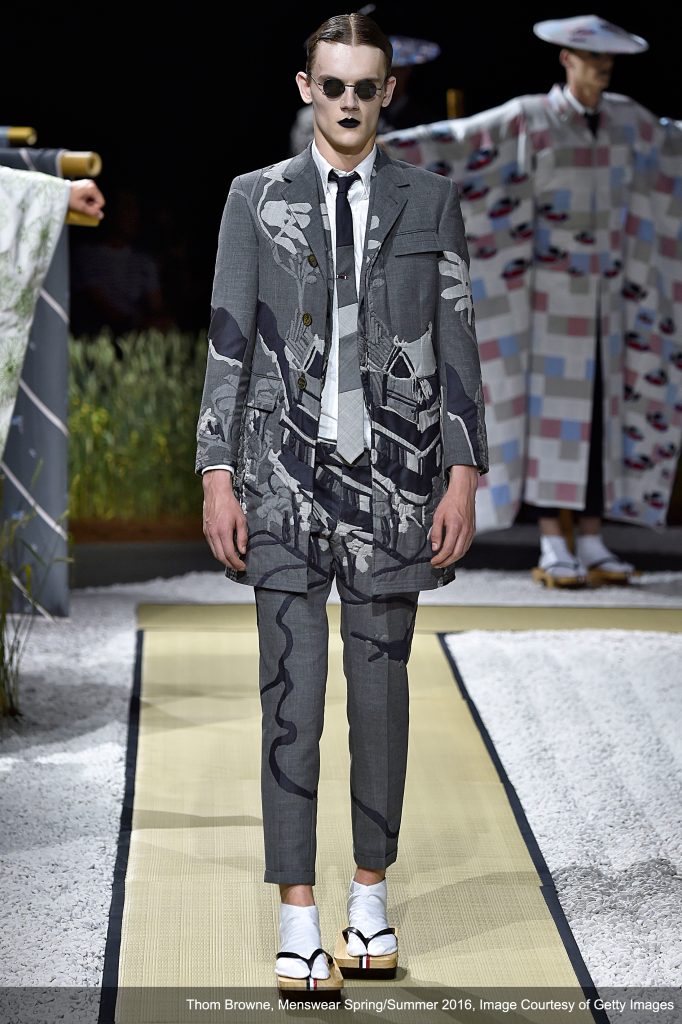
The display will include the outfit worn by Toshirō Mifune in Sanjūrō, Oscar-winning costumes from Memoirs of a Geisha, and the Jean Paul Gautier ensemble worn by Madonna in her video Nothing Really Matters.
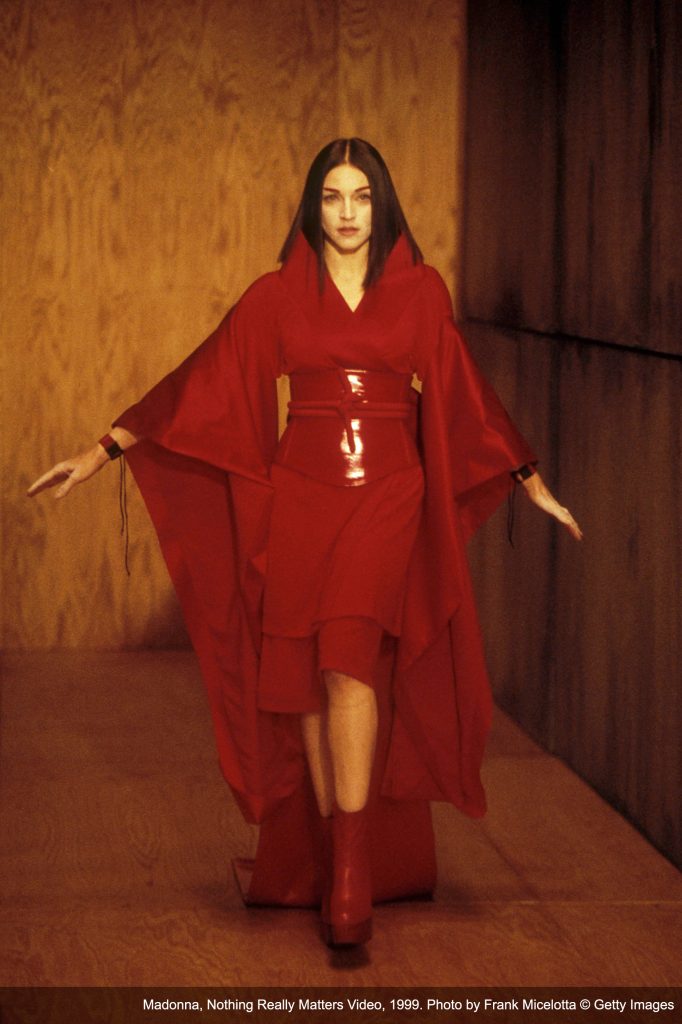
Japan itself is currently witnessing a resurgence of interest in kimono. Jōtarō Saitō designs kimono couture for the catwalk, Hiroko Takahashi seeks to bridge the divide between art and fashion, and more casual styles are created by small, independent studios such as Rumi Rock and Modern Antenna.
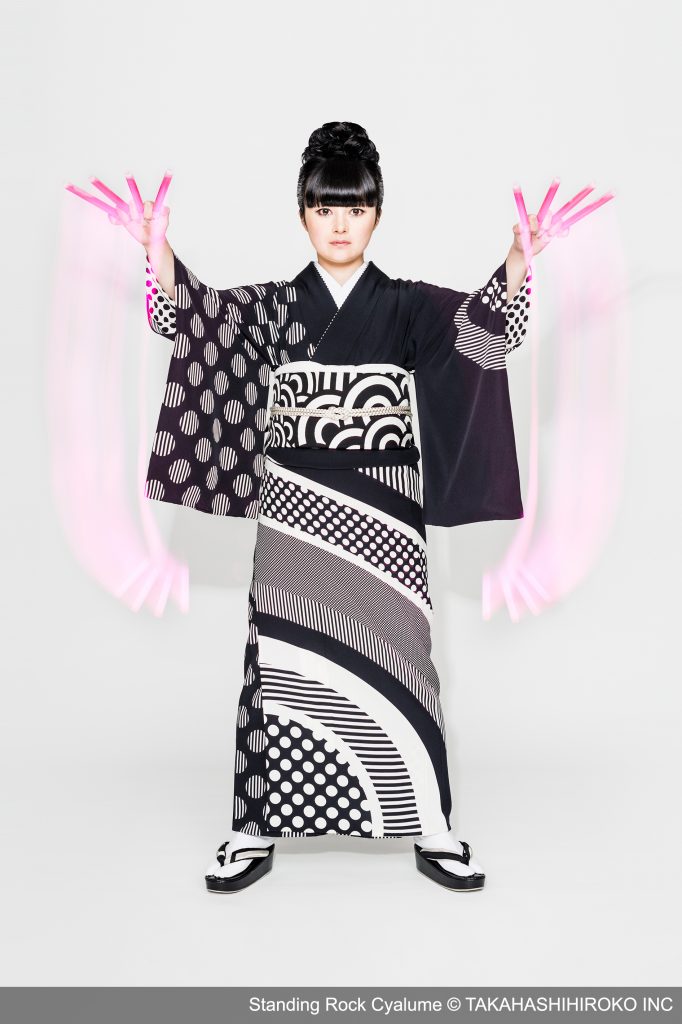
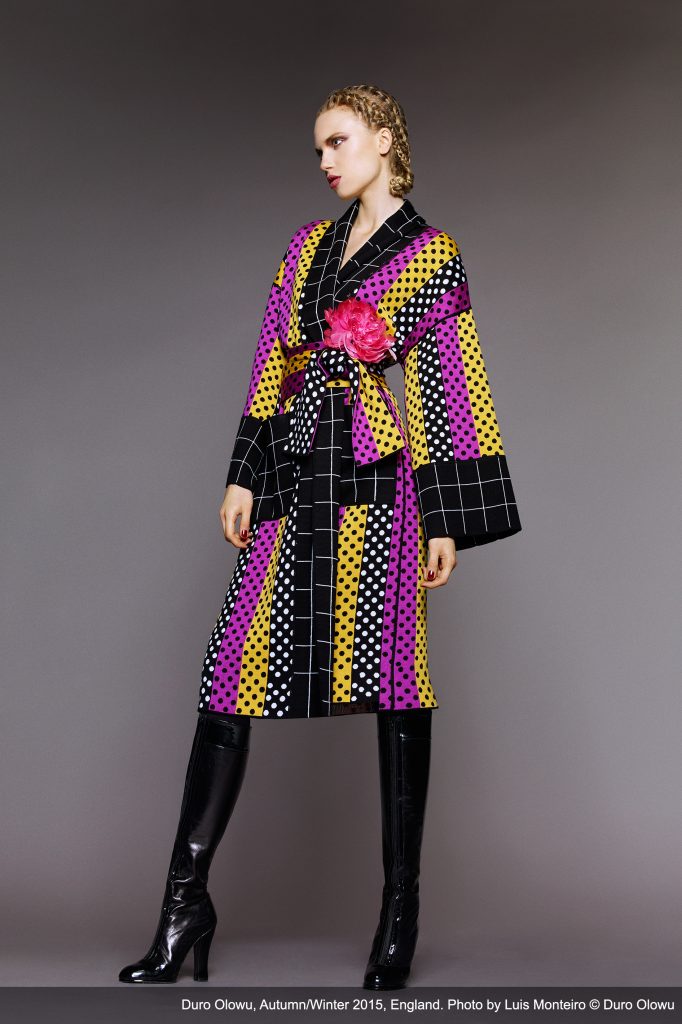
Japanese brand Yoshikimono is partnering with Victoria & Albert Museum for Kimono: Kyoto to Catwalk new exhibition in London.
It is natural for the brand Yoshikimono to partner with V&A and be featured in the exhibition. Indeed, the brand has been created 10 years ago by iconic Japanese rock star Yoshiki. Yoshiki is the founder of rock band X Japan who sold during their international career more than 30 millions albums.
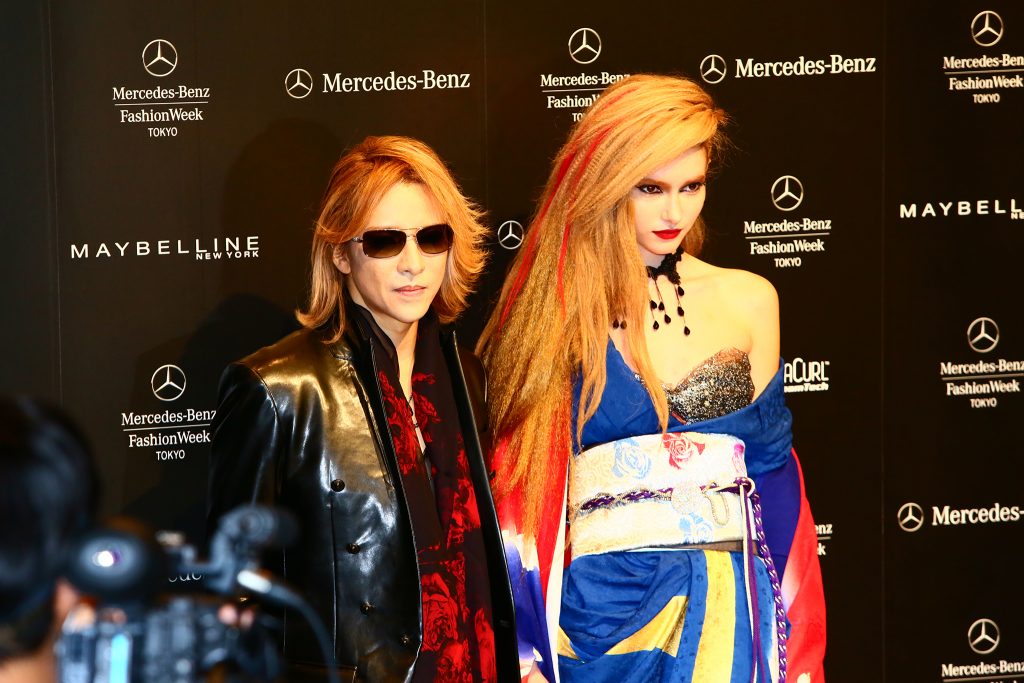
Within his collections, Yoshiki wants to celebrate the Kimono as a traditional garment but with a fashion contemporary twist. His aim is to introduce the art of the kimono to the younger generation in order to perpetuate this Japanese tradition.
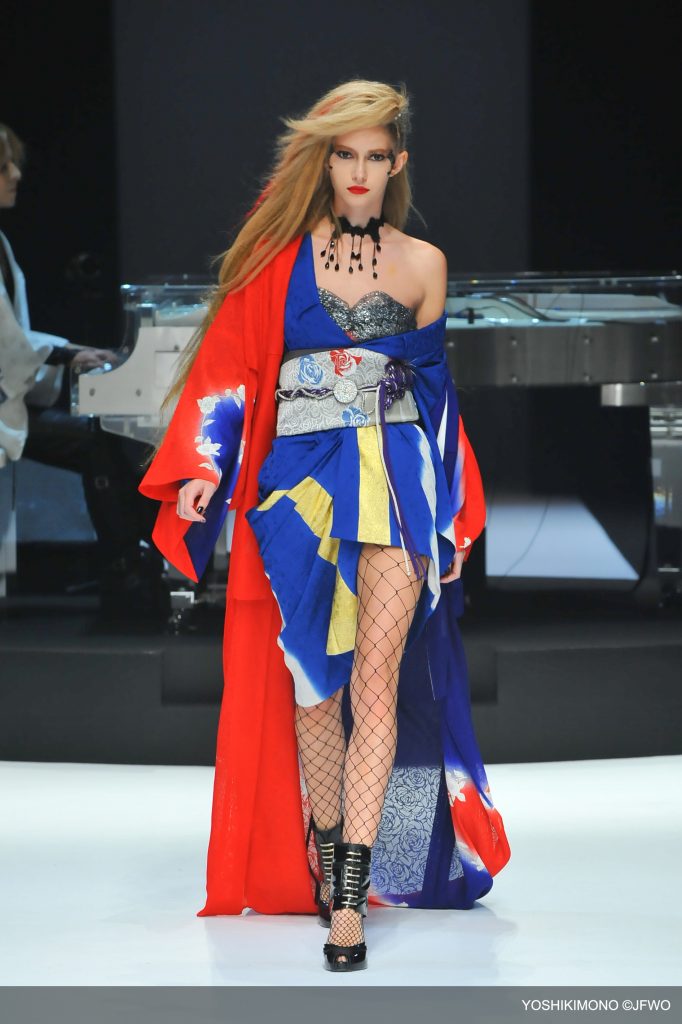
It’s such an honor to be part of this exhibition. I can’t thank the curator enough for bringing kimono culture to this amazing museum. I feel grateful not only for my brand YOSHIKIMONO being part of it, but grateful for the entire kimono industry coming into the spotlight.
— YOSHIKI, YOSHIKIMONO
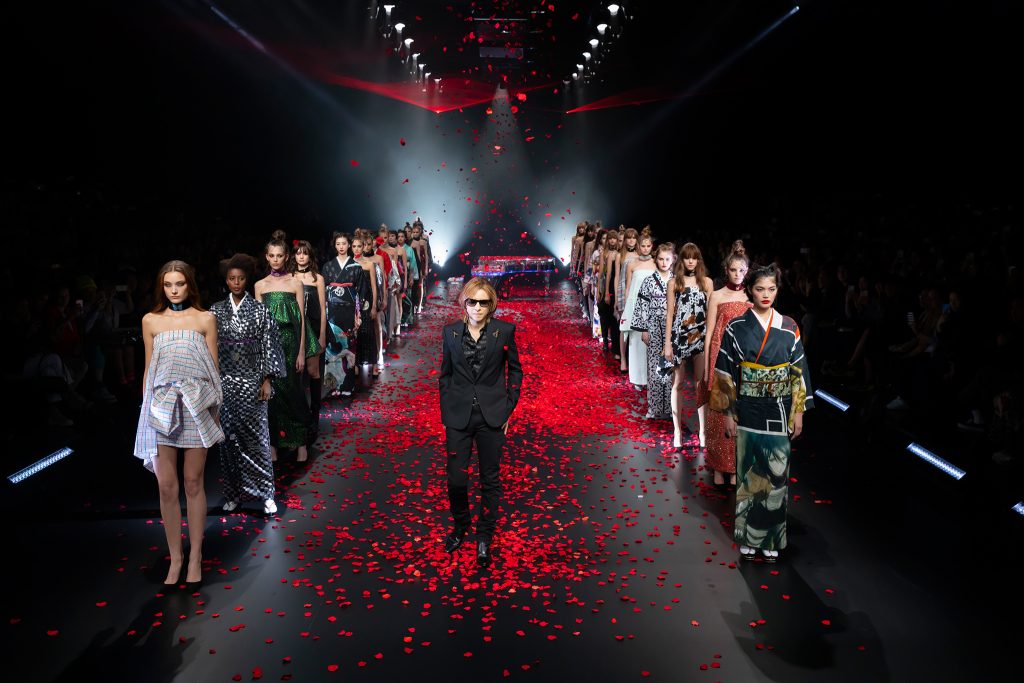
Photo courtesy of Yoshikimono.
V&A – www.vam.ac.uk
The V&A is the world’s leading museum of art and design, housing a permanent collection of over 2.3 million objects that span over 5,000 years of human creativity. The Museum holds many of the UK’s national collections and houses some of the greatest resources for the study of architecture, furniture, fashion, textiles, photography, sculpture, painting, jewellery, glass, ceramics, book arts, Asian art and design, theatre and performance.
Sponsored by:
MUFG – www.mufgemea.com
As a company with a deep Japanese heritage which dates back 360 years, MUFG is proud to partner with the V&A as they celebrate Japanese culture during an important year for the country.
MUFG’s sponsorship of the Kimono exhibition, which showcases an iconic piece of Japanese tradition, provides a perfect link between our Japanese heritage and our longstanding presence and commitment to clients in the UK. MUFG is one of the world’s leading financial groups, with a global presence spanning around 2,700 offices in more than 50 markets. Our services including corporate and investment banking, commercial banking, trust banking, securities, asset management, and more.
Supported by:
GRoW @ Annenberg – www.growannenberg.org
GRoW @ Annenberg is the philanthropic initiative led by Gregory Annenberg Weingarten, a Vice President and Director of the Annenberg Foundation. GRoW is dedicated to supporting humanitarian efforts across the globe, as well as innovative projects in health, education, the arts, the environment and civic & cultural life.
Shiseido – www.shiseido.co.uk
Beauty innovators from Japan. Shiseido leads in performance skincare and makeup for all ages and skin types. From its #1 multi-award winning serum Ultimune, its technologically charged day cream Benefiance or it’s good-for-skin foundation Synchro Skin Self-Refreshing. Every product is supported by meticulous Research & Development through 8 centres and over 1000 researchers across the world.
Shiseido is proud to sponsor the Kimono exhibition, sharing the pathway of heritage to modernity at the V&A.
Yoshikimono – www.yoshikimono.com
YOSHIKIMONO started 10 years ago is a Japanese kimono brand which is created by YOSHIKI who was born as the first son of kimono fabric shop and has a strong belief to introduce Japanese Kimono to the whole world. Debuted in Mercedes-Benz Fashion Week TOKYO in 2015 as a grand finale brand and also headlined in Amazon Fashion Week TOKYO 2016.
YOSHIKIMONO is always conscious of tradition to protect and new things to introduce, therefore the brand theme is “fusion of tradition and innovation”. Now, YOSHIKI’s view of the world “stillness and motion” has been gaining more and more attention from all over the world.
With additional support from:
Japan Centre Group – www.japancentre.com/en
Established in 1976, Japan Centre is a well-loved destination for all things Japanese, with a passion for delivering a rich variety of quality authentic Japanese goods to shoppers in the UK and beyond. Japan Centre has three London locations in Westfield London, Westfield Stratford City and Leicester Square as well as an online store. Japan Centre is proud to sponsor the Kimono exhibition and helping new audiences discover the delights of Japanese culture at the V&A.
The Daiwa Anglo-Japanese Foundation and Toshiba International Foundation
All images courtesy of V&A and their respective owners.
Tags: arts, arts crafts, design, events, exhibitions, fashion, fashion design, fashion events, fashion history, Japan, Japanese, Japanese florals, kimono, Kyoto to Catwalk, KyotoToCatwalk, London, London events, textile design, textiles, Top, V&A, Victoria and Albert Museum, Yoshikimono

 Share On Facebook
Share On Facebook Tweet It
Tweet It




